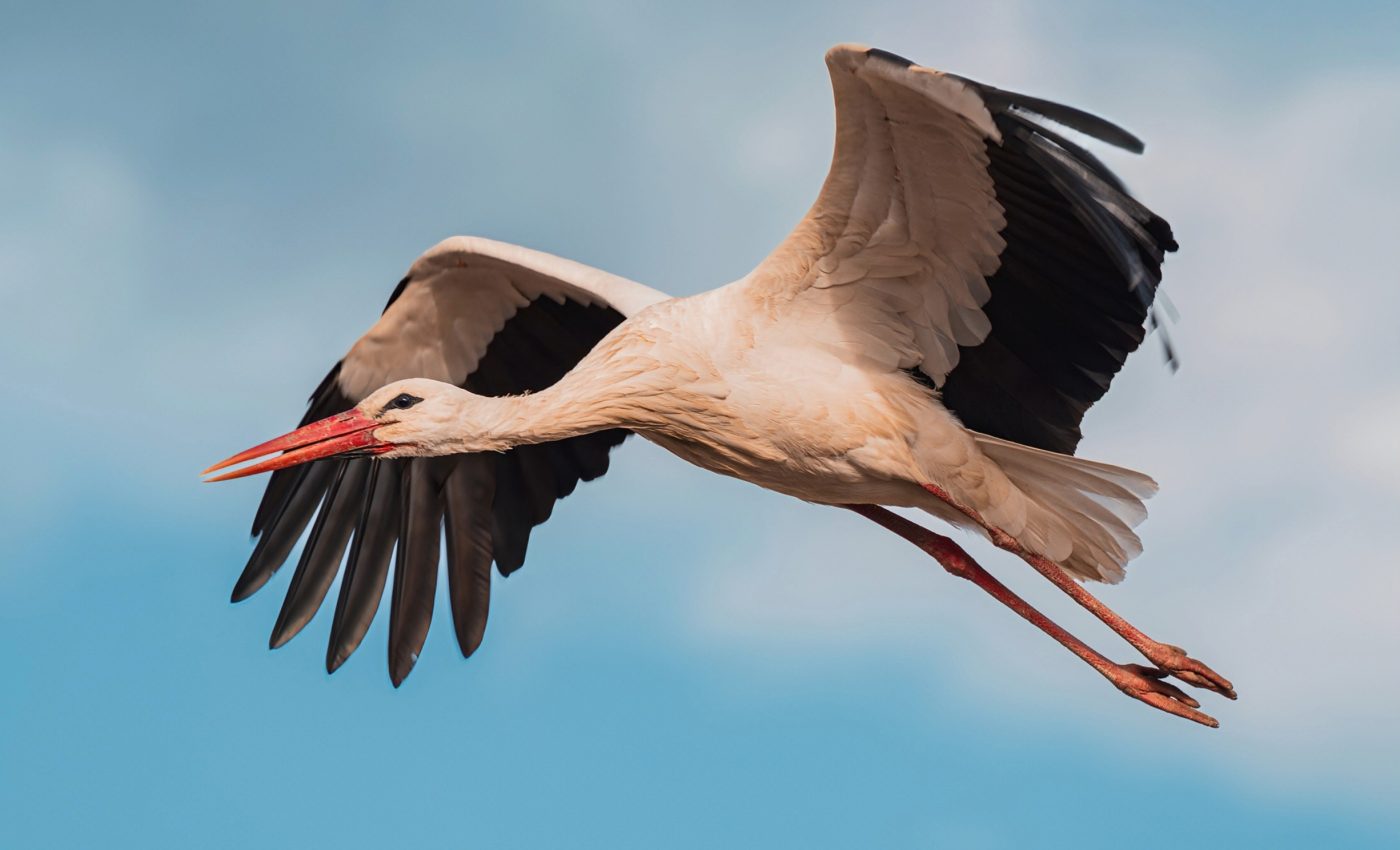
White storks and humans have a long, intertwined history
The white stork has been linked to human society for centuries. Legends and fables have portrayed storks as bringing luck, children, and prosperity, and today these birds are viewed as an emblem of a healthy environment.
So, just how deep does this kinship between humans and white storks run? Where and how did this relationship begin?
Link between storks and humans
Addressing this puzzle required understanding the historical habitat of the stork. Dr. Ulrich Schmölcke, an esteemed archaeologist from the Leibniz-Zentrum für Archäologie in Schleswig (LEIZA), and ornithologist Kai-Michael Thomsen from the Michael Otto Institute within NABU, set out to investigate.
The experts embarked on a unique quest to explore the range dynamics of the white stork in Europe since the last ice age using archaeological evidence.
The exploration revealed a curious fact – the north-eastern part of Europe, today brimming with storks, only became part of their range in the recent past. The trailblazing study was recently published in the Journal of Ornithology.
Stork’s past with humans
To unravel the stork’s history, Schmölcke and Thomsen evaluated previously published findings of bird bones found near prehistoric or early historic settlements.
A data set from 1999, for instance, provided information on over 7,500 archaeological sites with animal remains dating from the last ice age to the early modern period all over Europe.
The two academics also delved into current research literature, thus rounding off an extensive database to make reliable statements about the white stork’s distribution over the past millennia.
Historical puzzle solved
According to their findings, about 1,500 years ago, the white stork was found exclusively in southern and western Europe, notably on the Iberian Peninsula, in the Upper Rhine region, and the southern Balkans.
Intriguingly, the boundary of the stork’s distribution at the end of antiquity matched precisely the extent of the Roman Empire. Ancient written sources validate this, showing that the white stork was closely associated with people in the Mediterranean region at the time.
However, beyond the borders of the Roman Empire, the white stork didn’t find suitable habitats. Why? The human population density was substantially lower there, with less open spaces due to less intensive agriculture.
“It was only around 1,000 years ago that the white stork’s range expanded rapidly to the north-east. This coincides with the medieval ‘Landesausbau,’ when many forests were cleared and new agricultural land was created,” noted Thomsen.
The adaptable white stork seems to have benefitted long-term from these changes in human landscapes.
Implications of the study
This study doesn’t just shed light on a fascinating chapter of natural history. It is also instrumental in understanding species distribution and disappearance patterns over time.
“If we want to understand how species spread or why they disappear from some areas, we can’t just look at the current pattern. We need to understand long-term developments,” said Thomsen.
Schmölcke noted that understanding past environments and species prevalence is crucial to studying how the relationship between humans and the environment has evolved over time – something that researchers at LEIZA and the ROOTS Cluster of Excellence are already working on.
According to Schmölcke, the study shows the great potential of cooperation between ornithology and archaeology, especially if we include even more analytical methods such as genetics and isotope measurements in the future.
Storks and human settlements
The presence of white storks near human settlements throughout history highlights a remarkable symbiosis that has persisted for centuries.
Storks, with their preference for open, agricultural landscapes, often chose nesting sites near human habitations, taking advantage of the structures for nesting and the agricultural practices that heightened food availability.
As these birds fed on rodents, insects, and other pests, they inadvertently provided a form of natural pest control, benefiting human communities by sustaining crops and, thereby, the food supply.
The gear-driven harmony between storks and humans was not only sustenance-based but also symbolic, as storks became emblematic of good fortune and prosperity in various cultural narratives.
Conservation in a changing world
As we move further into the 21st century, the challenges posed by climate change and habitat destruction cast a shadow on the once-thriving relationship between humans and white storks.
Conservation strategies must be informed by the rich historical context provided by studies like that of Schmölcke and Thomsen.
Future conservation efforts should take an interdisciplinary approach, integrating historical data to inform sustainable land-use practices that accommodate the needs of both humans and stork populations.
By focusing on habitat preservation and landscape management, policymakers can ensure that the white stork continues to soar across European skies, embodying the interconnectedness between species and the environments we share.
Tale of man and bird
The bond between humans and the white stork is older and deeper than we thought, starting from ancient human civilizations and showing a surprising parallel with human expansion and land use changes.
And it is fascinating discoveries like these that underscore how interconnected we are with the natural world.
So, the next time you see a white stork, take a moment to appreciate not just its elegance, but also the rich, shared history it symbolizes.
The study is published in the Journal of Ornithology.
—–
Like what you read? Subscribe to our newsletter for engaging articles, exclusive content, and the latest updates.
Check us out on EarthSnap, a free app brought to you by Eric Ralls and Earth.com.
—–













